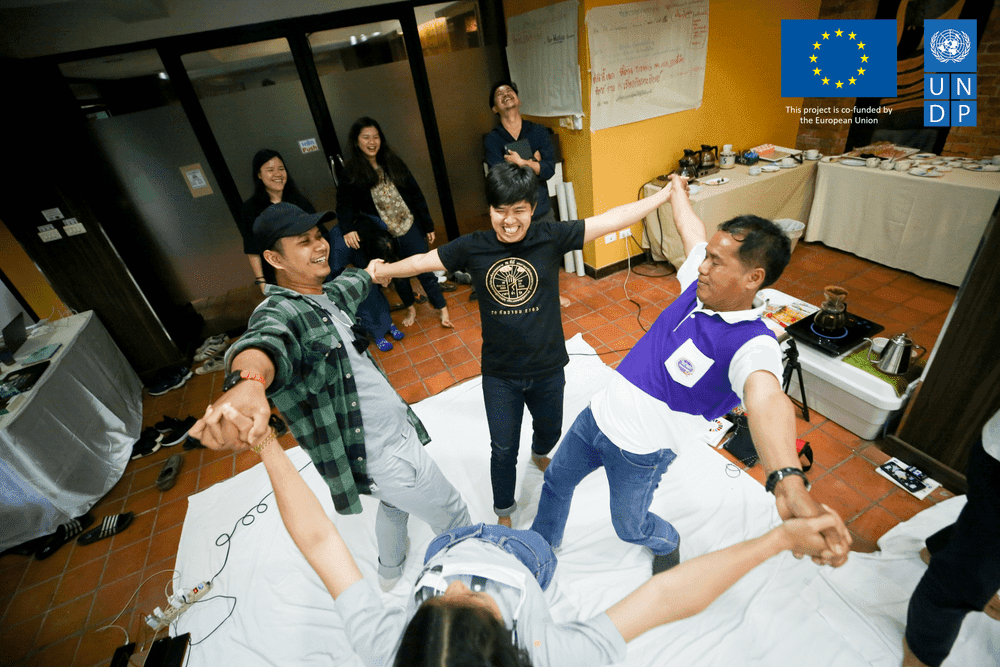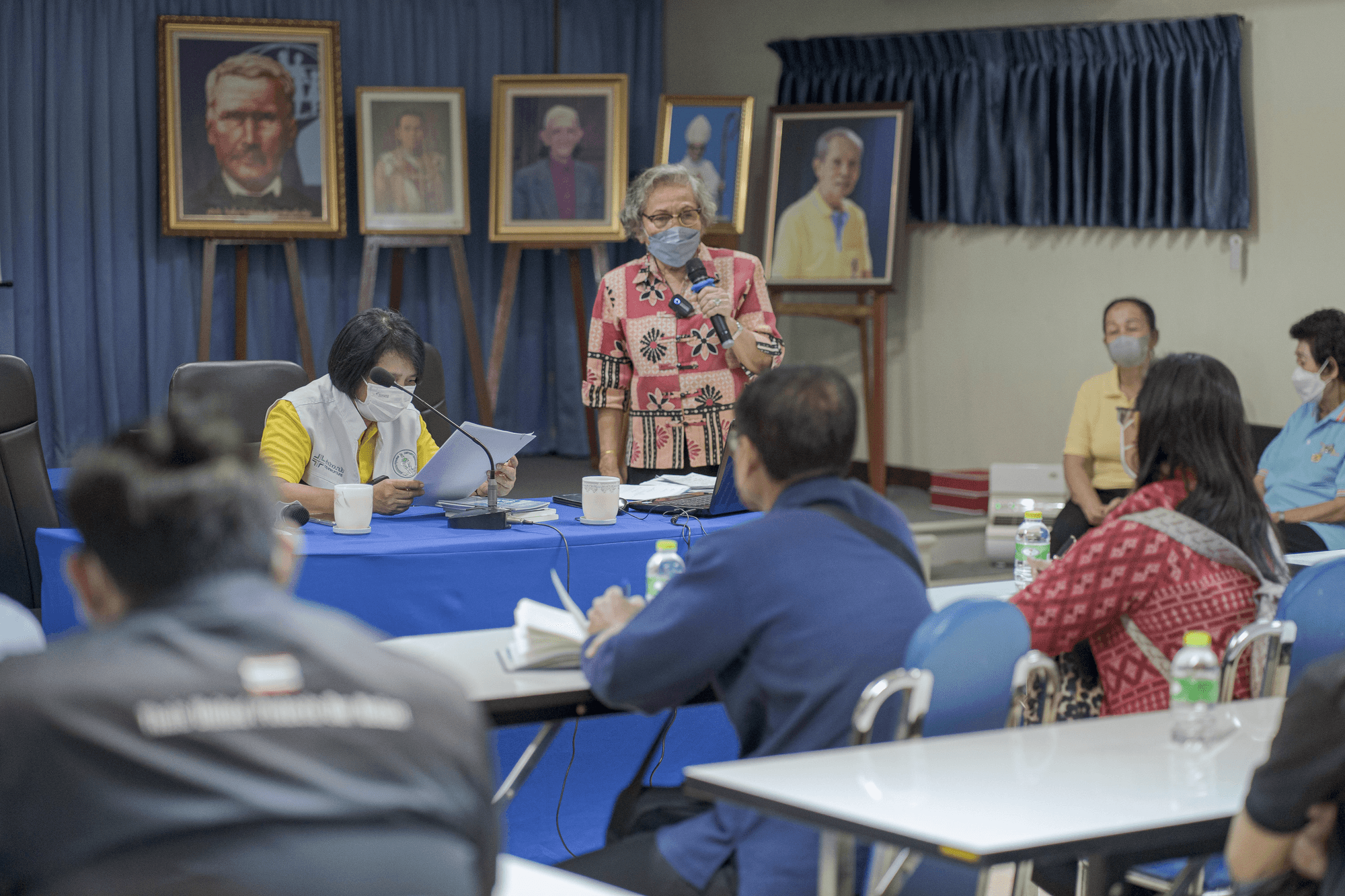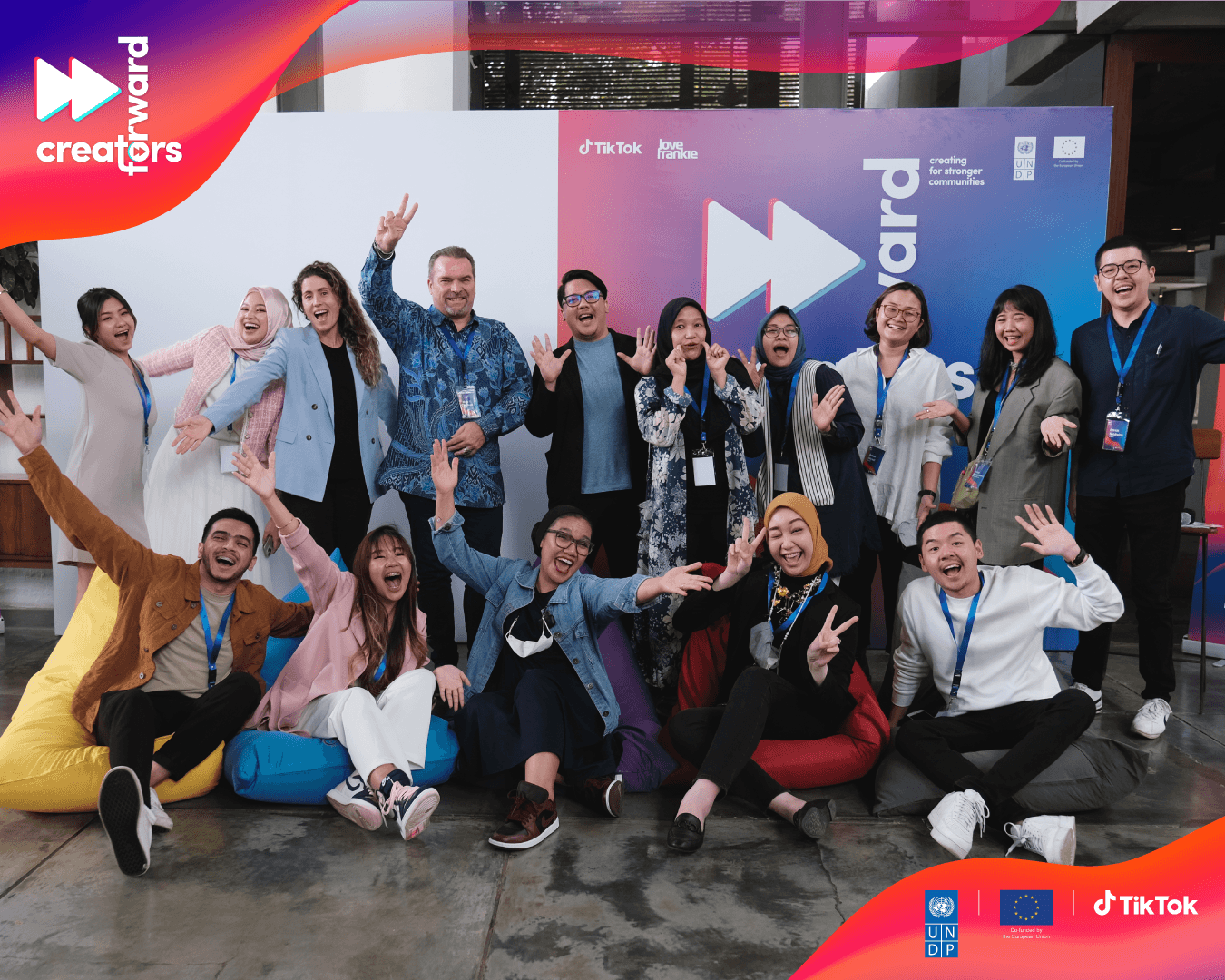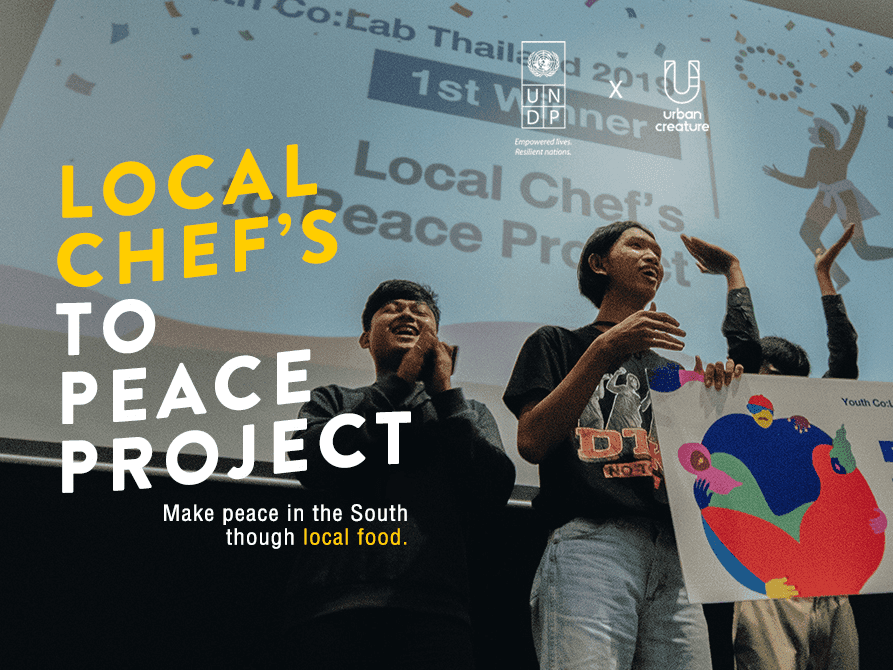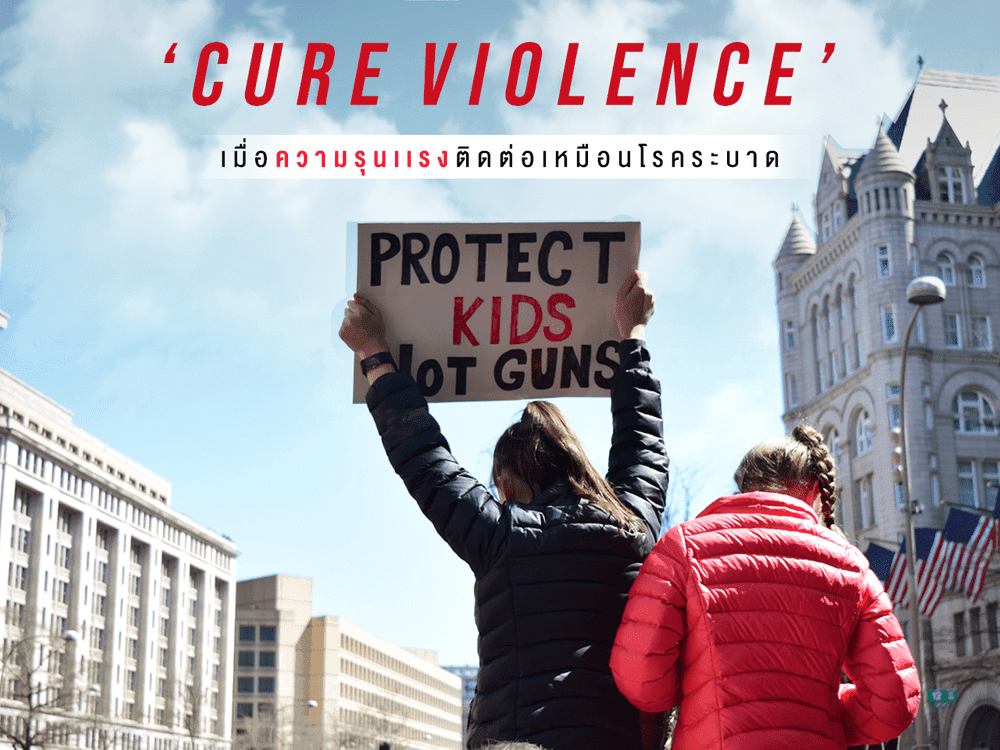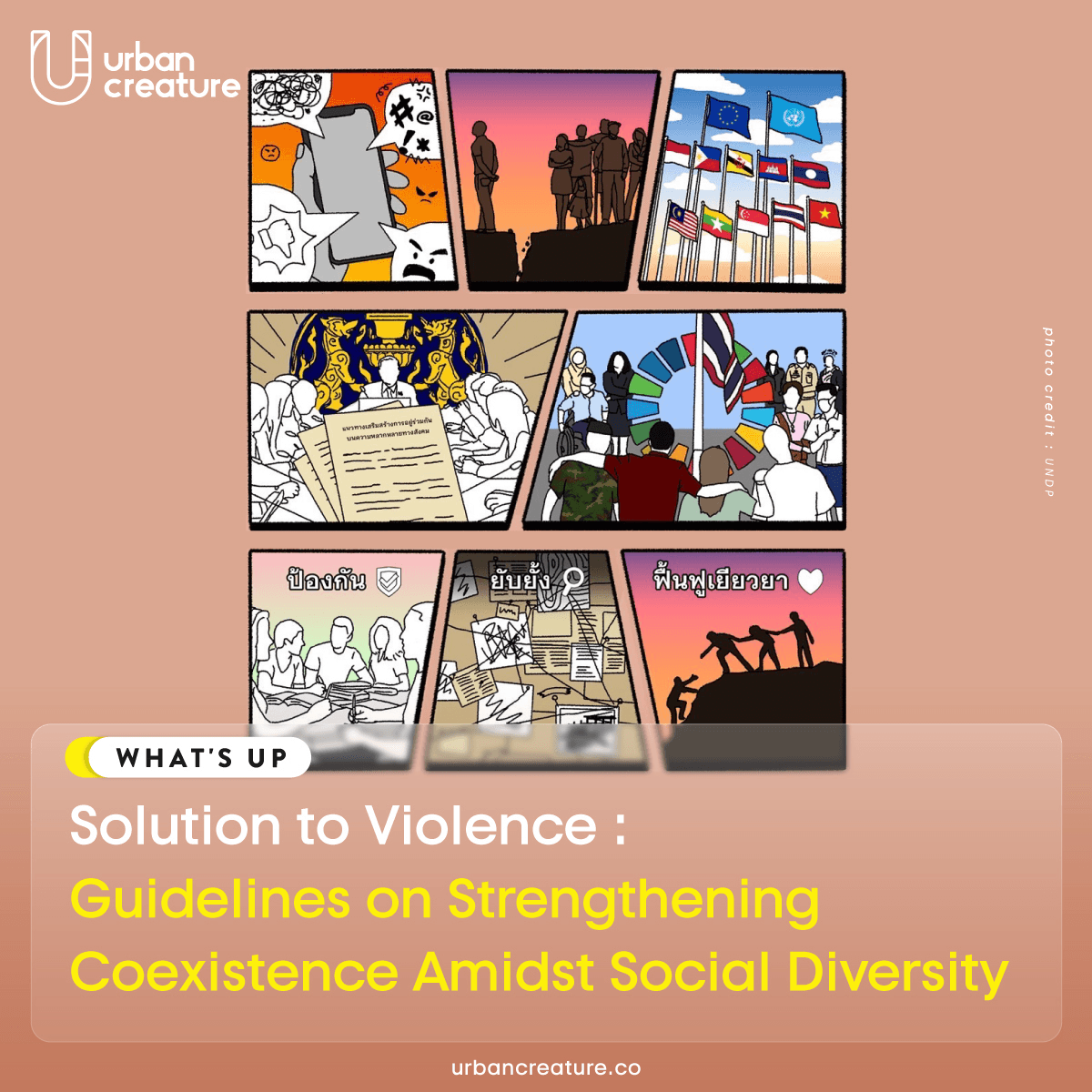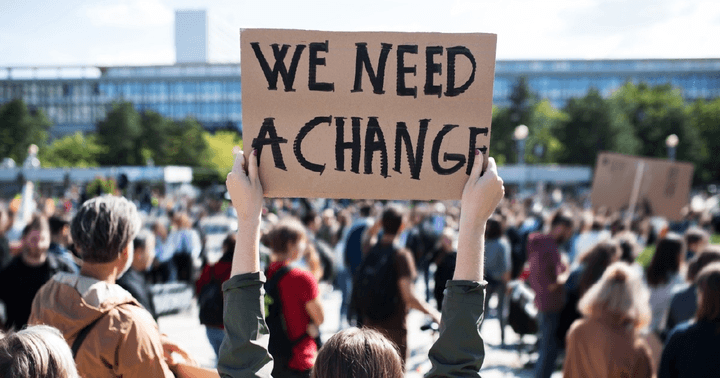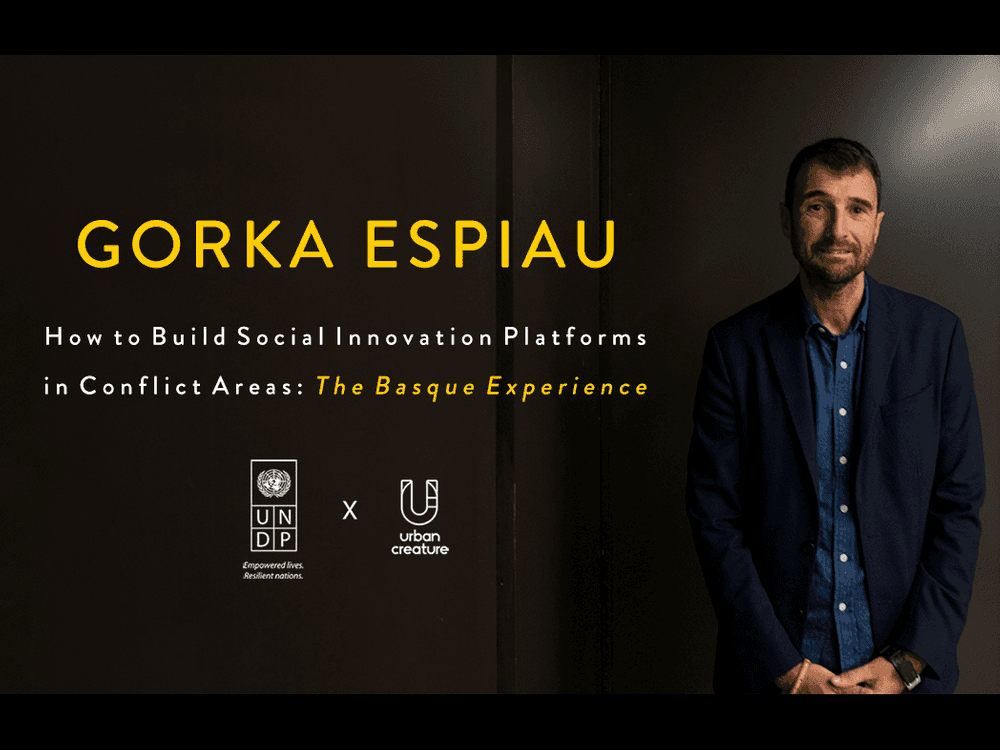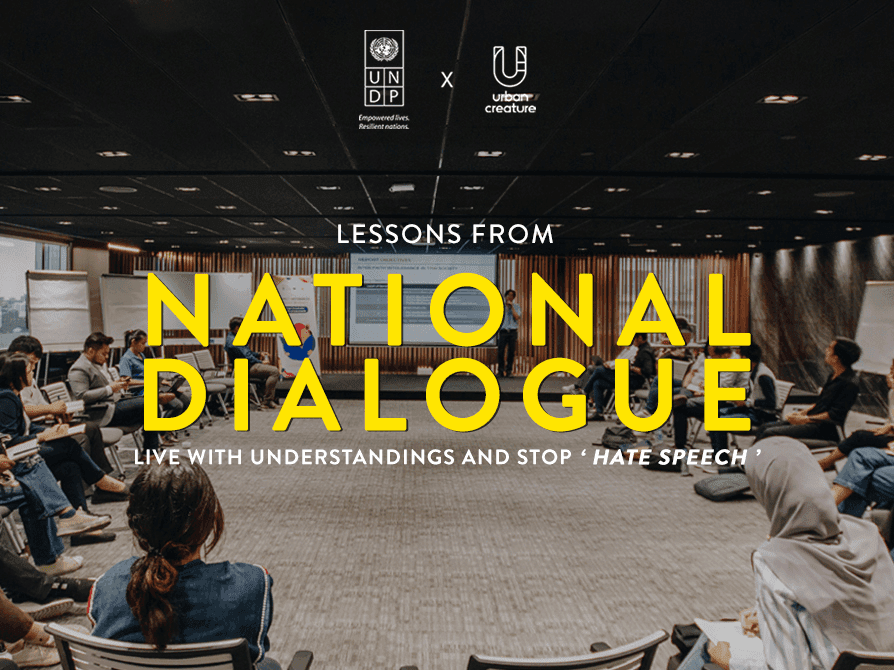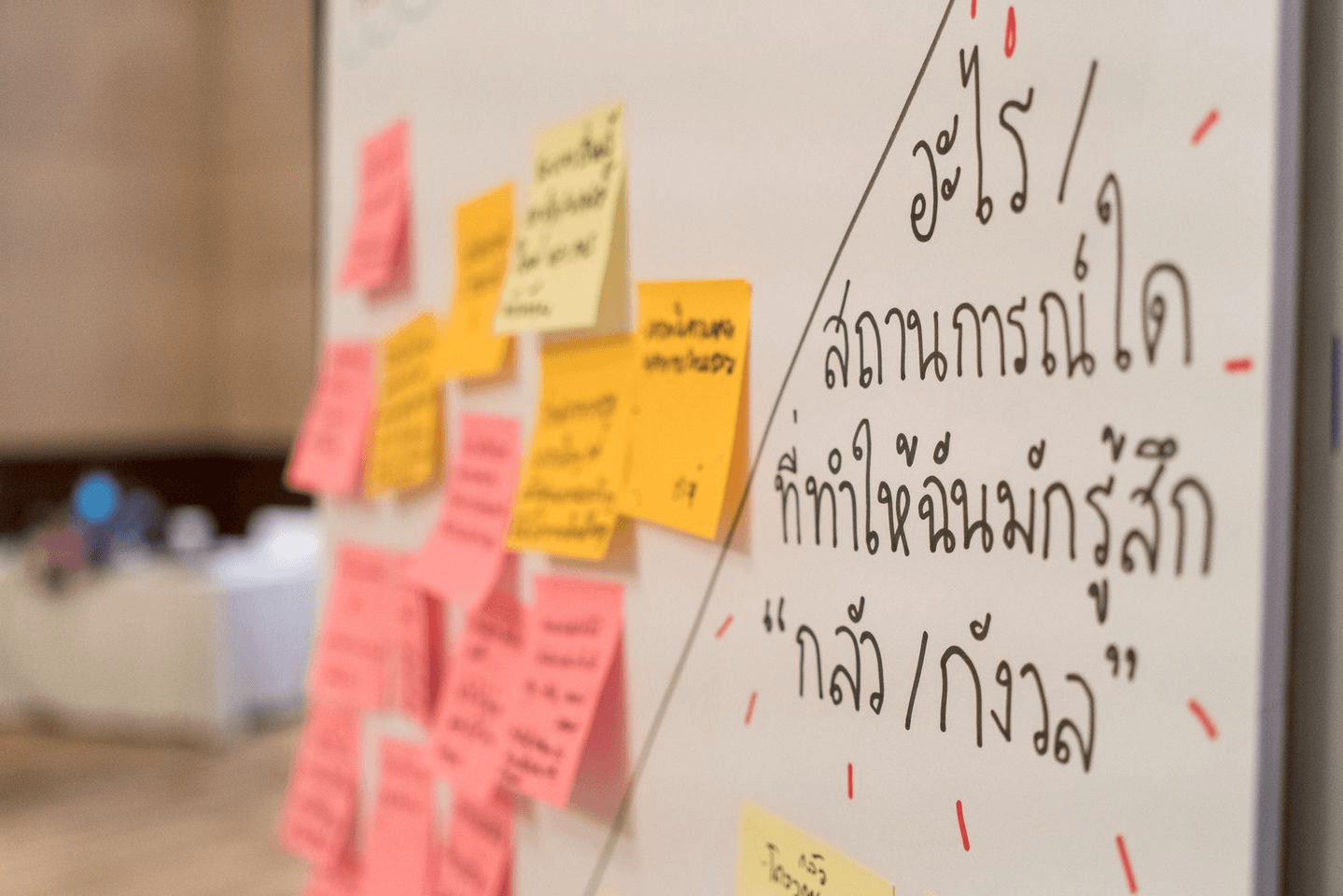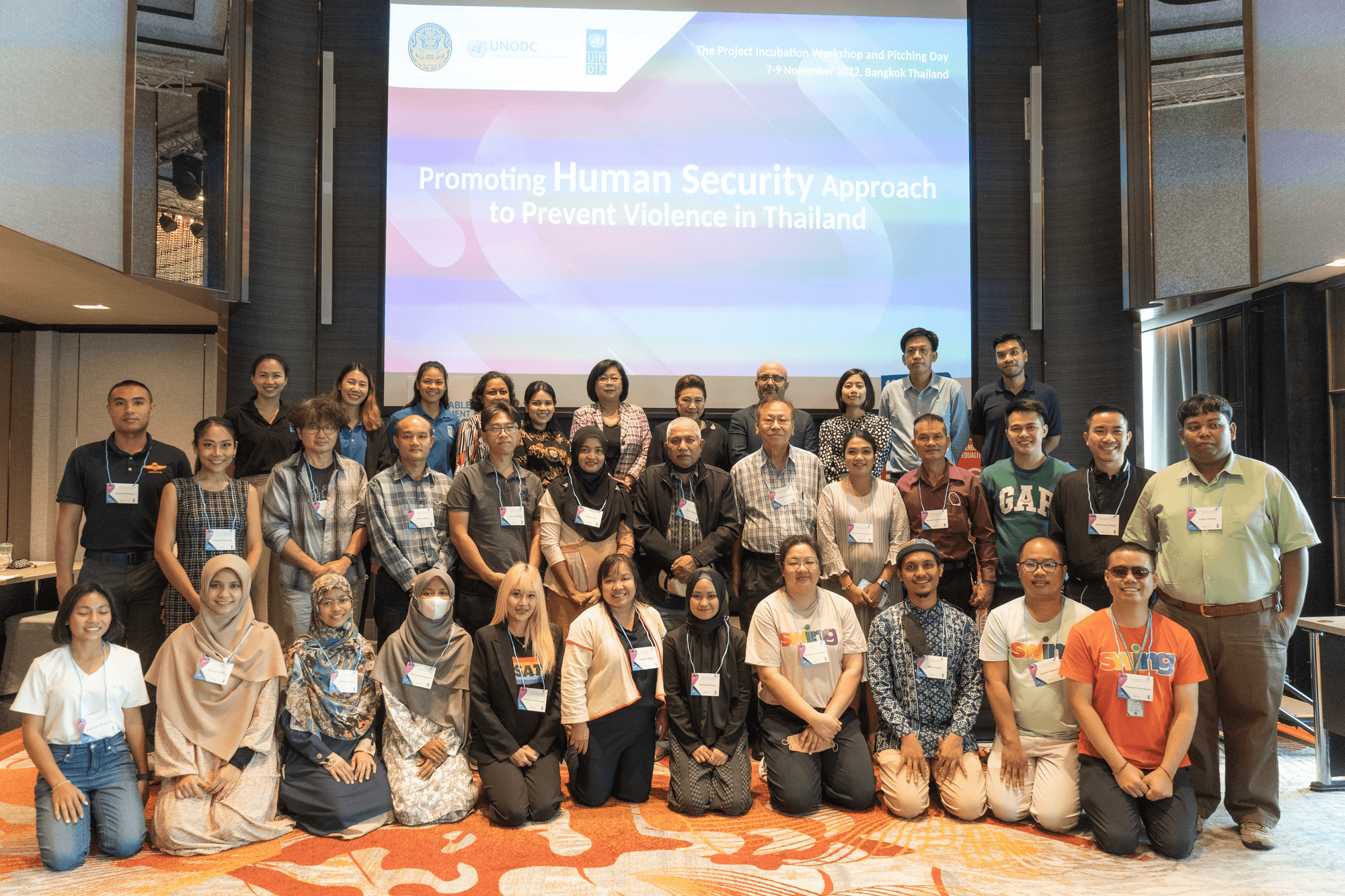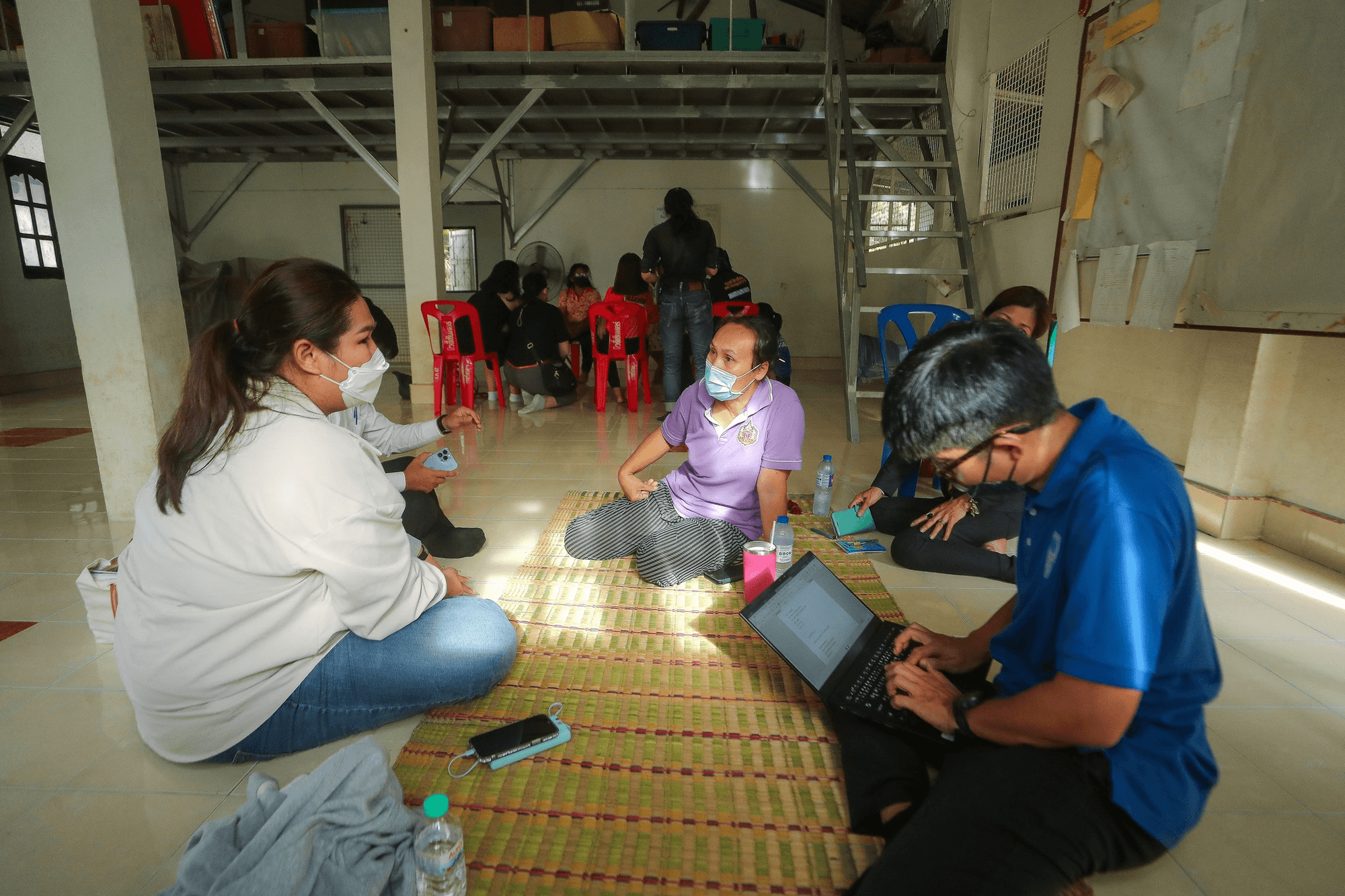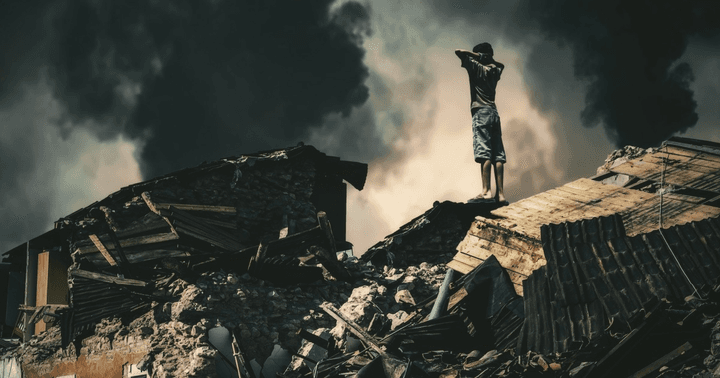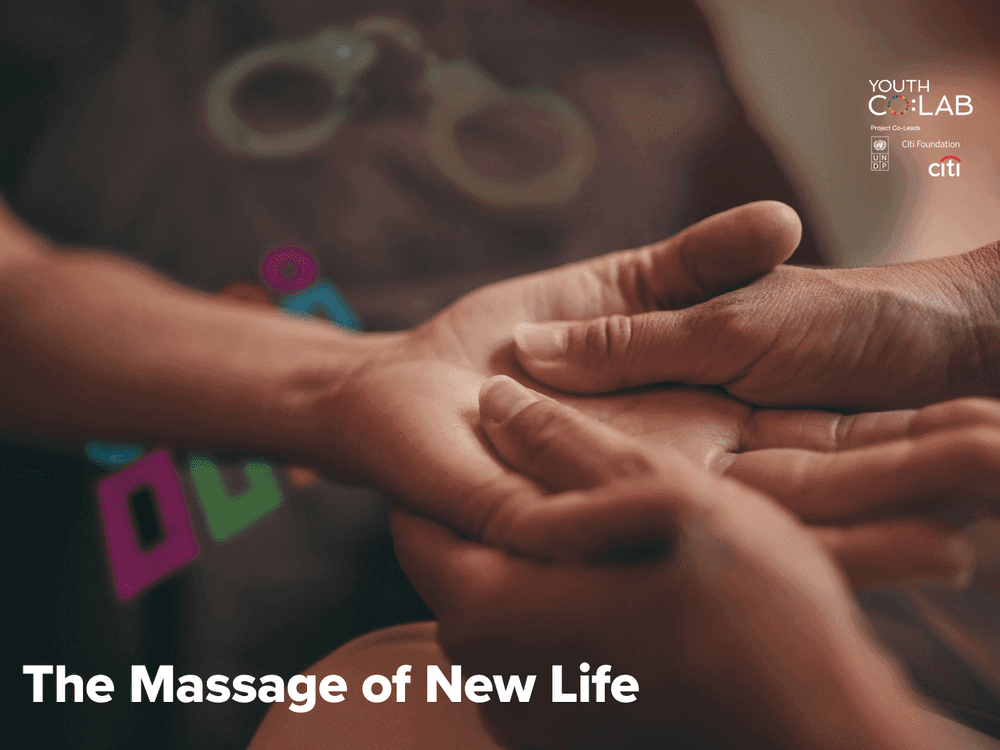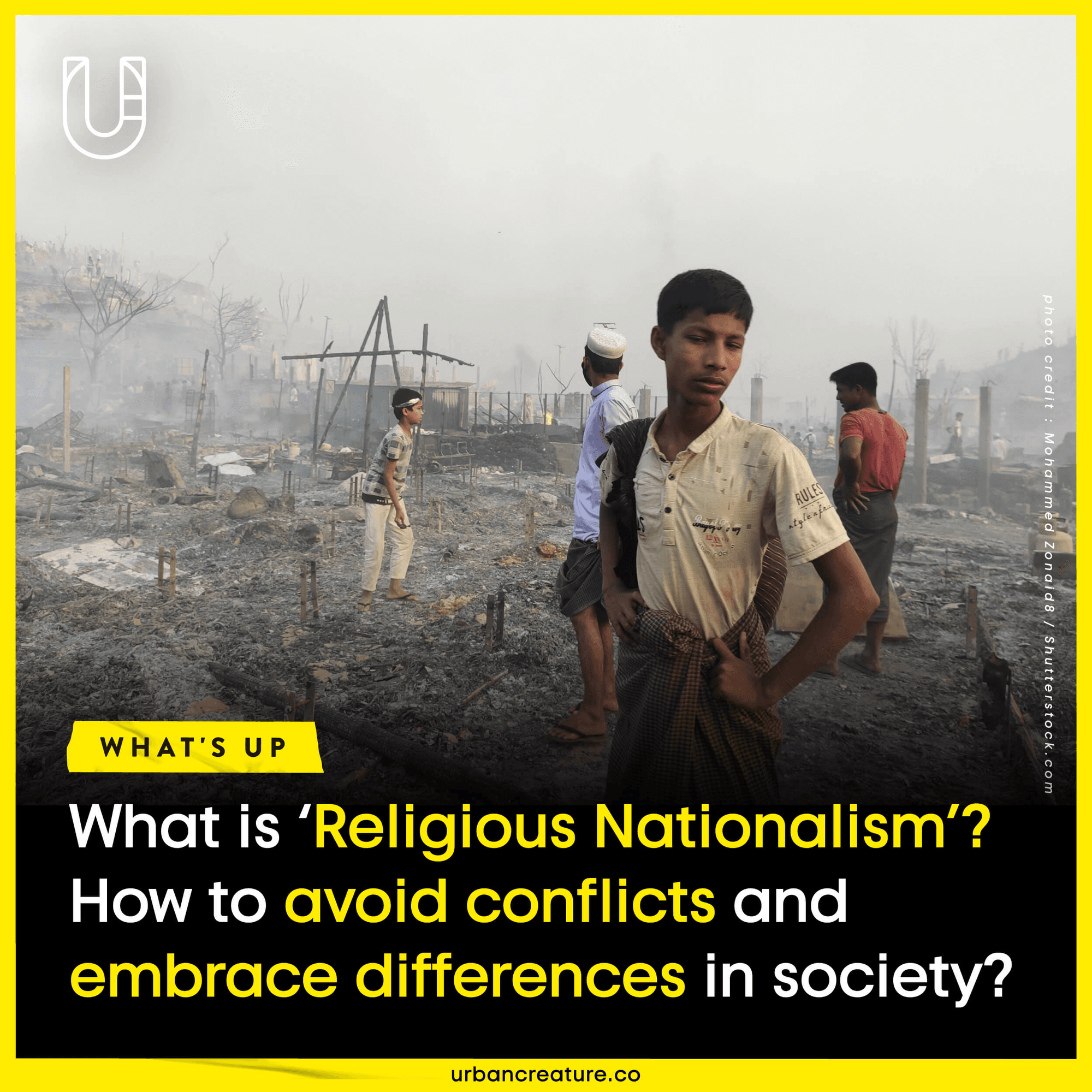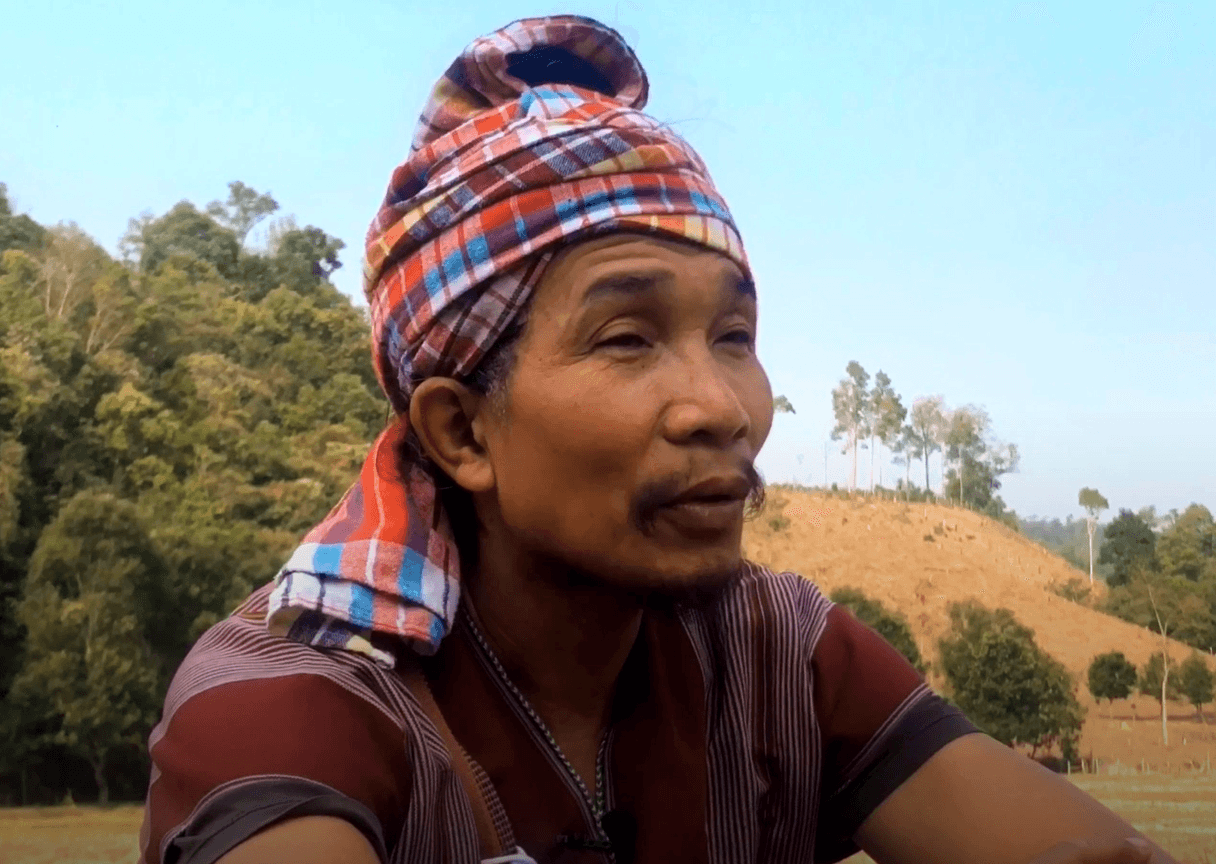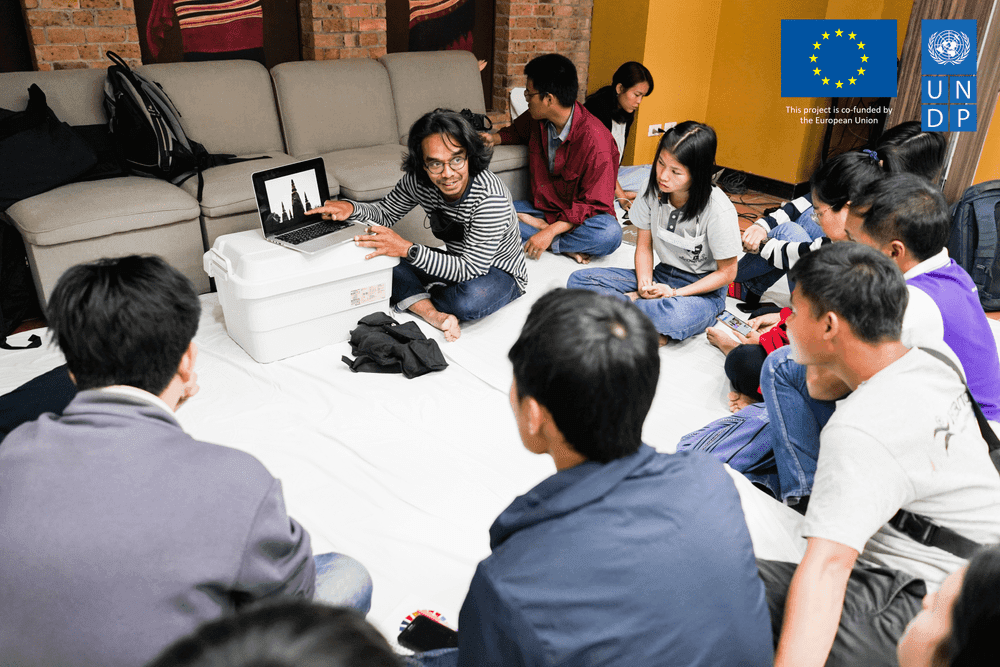When extremism and structural factors breed violence. Explore with the UNDP what we can do.
19 September 2022
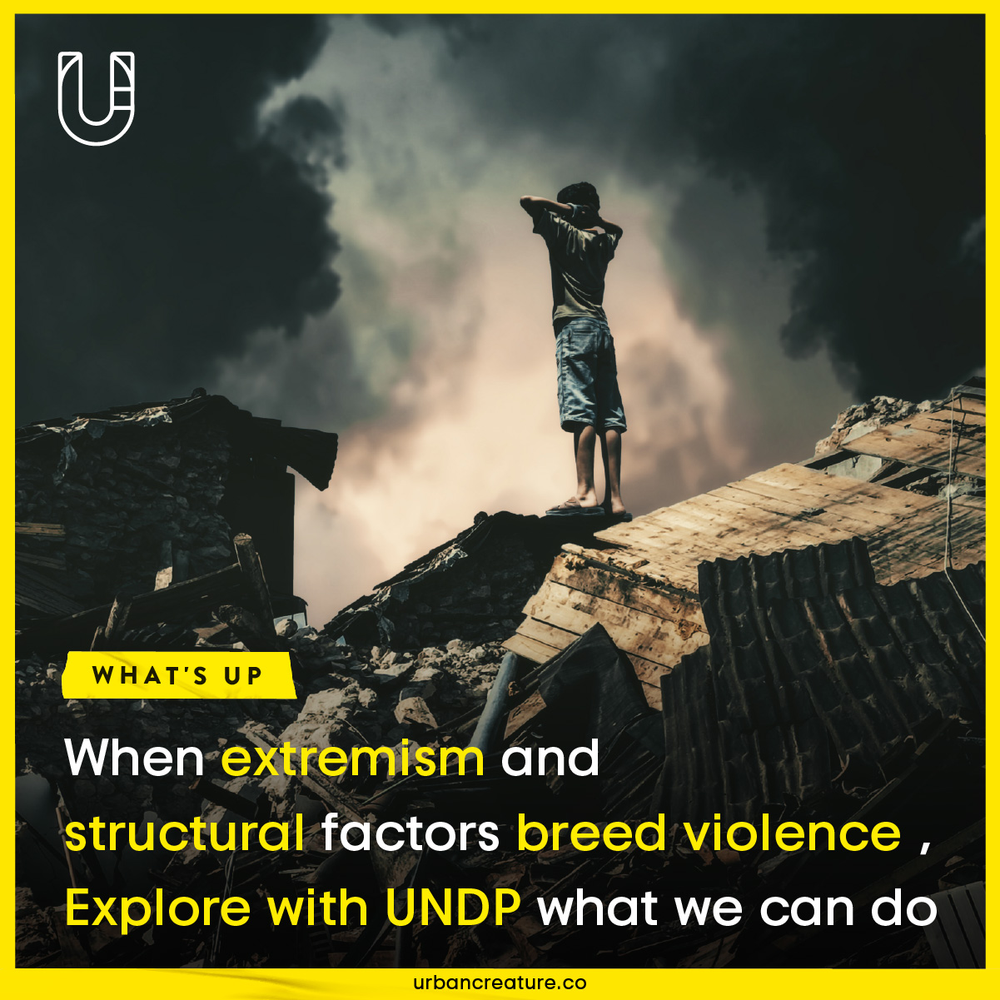
In the past few years, we have seen important movements both in Thailand and elsewhere around the world. Far-right group and totalitarianism have grown and, in response, people have stood up to demand equality and justice. At times, their voices were heard and they achieved their goals peacefully. But there were times when violence occurred because the state remained silent, escalating the situation, or the authorities resorted to violence to subdue the people. Many groups have chosen terrorism because of the long-lasting frustration they have faced in the belief that violence will be the answer. The sound of firearms and explosions may have caught the attention of society. But is that the solution?
In a democratic society that values a respect for diversity, it is not wrong to have an extreme idea or to adhere to an ideology, belief, or faith. It could result in positive social change, such as fighting for ethnic minority rights or women's rights, because you strongly believe in equality. However, if extremism is turned into violent extremism, violence will be perceived as the correct thing to do and people with that idea will do whatever it takes to achieve their goal. Loss and damage is guaranteed in such a situation.
Let’s turn back time to when the loss has not yet occurred.
What is the real cause of violence?
People do not easily acquire extreme ideas that escalate to violence. They are slowly developed by conflicts based in religion, ethnicity or gender, in the lack of socio-economic opportunities due to limited political participation and in not being visible to the state, like minorities who are denied or deprived of a nationality and economic opportunity and people whose religion and culture differ from the majority, making them feel alienated. On the other hand, violence can come from majority groups in society who reject diversity and difference, such as right-wing extremists in many countries including those who believe in white supremacy. These groups fear losing their superior socio-economic status to other races and resort to violence to maintain the status quo.
Can we nip violence in the bud, and how?
The United Nations Development Programme (UNDP) sees that the sustainable prevention of violent extremism (PVE) means dealing with “push and pull” factors. Push factors are structural conditions that drive people to resort to violence, such as inequality, injustice, lack of opportunity, discrimination, etc. Pull factors refer to conditions that directly affect a person, motivating them to join violent extremist groups. These include collective identity, economic motives, the status obtained after joining the group, etc.
UNDP’s work is based on the evidence from discussions and suggestions from civil society and academic partners as well as from monitoring movements in society leading to a solution. The public hearing process plays a crucial role in de-escalating tensions. The state should listen to the voices of the people, allow them to express their grievances, and should show sincerity in working together to find a non-violent solution. The people themselves are an important force as well. If we have an understanding and awareness of this matter, we can help each other cope with motivating factors and prevent violent situations.
If we join together to extinguish the sparks of violence at their source and the fires that are already burning, even if these cannot be completely extinguished immediately, we can prevent further spread in our society and avoid more tragedy.
Keywords: #Violent Extremism#Radicalisation
See also
